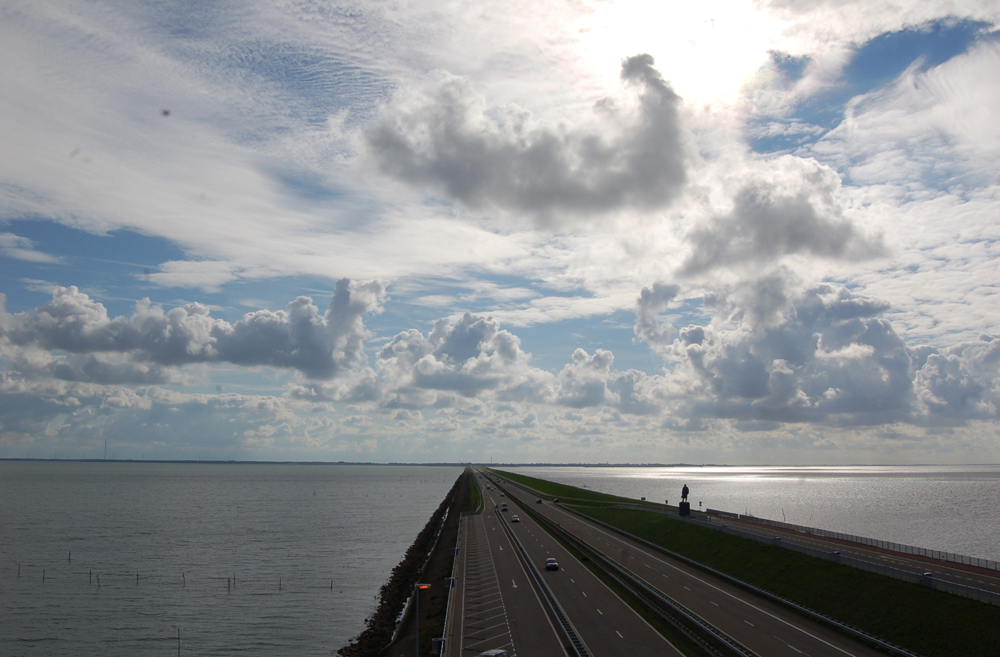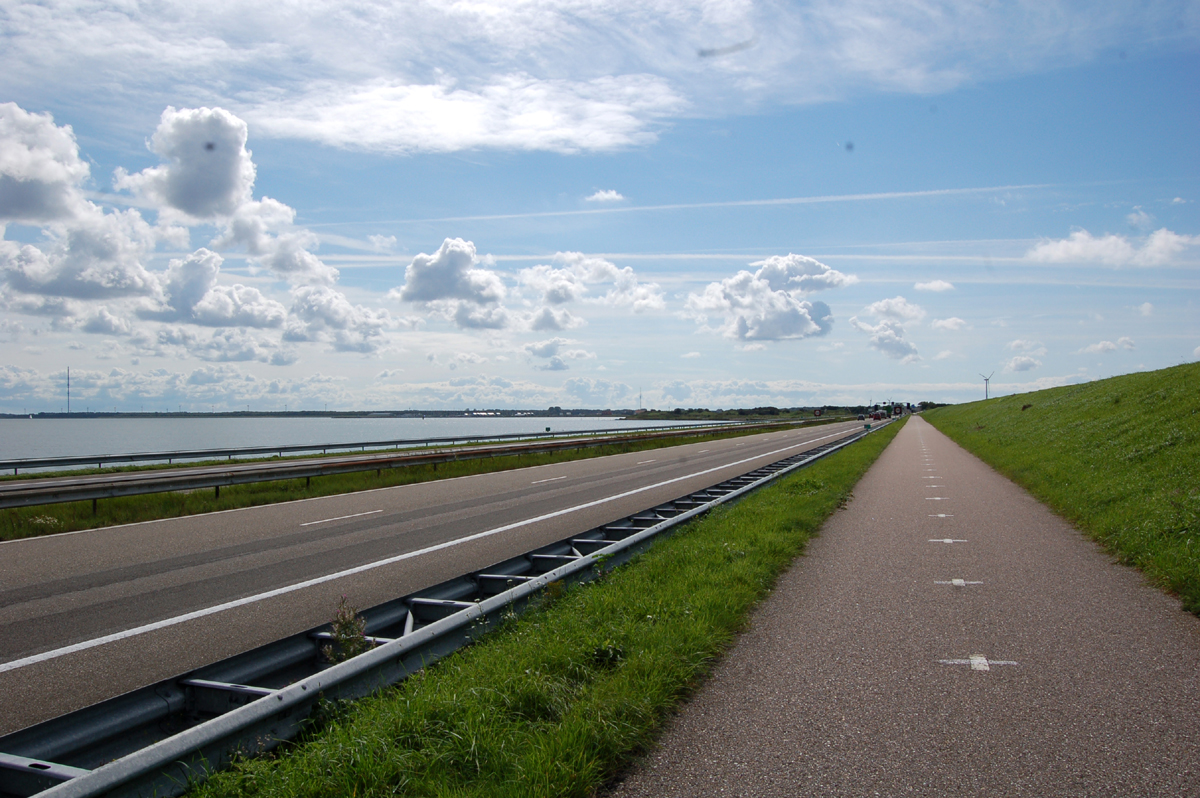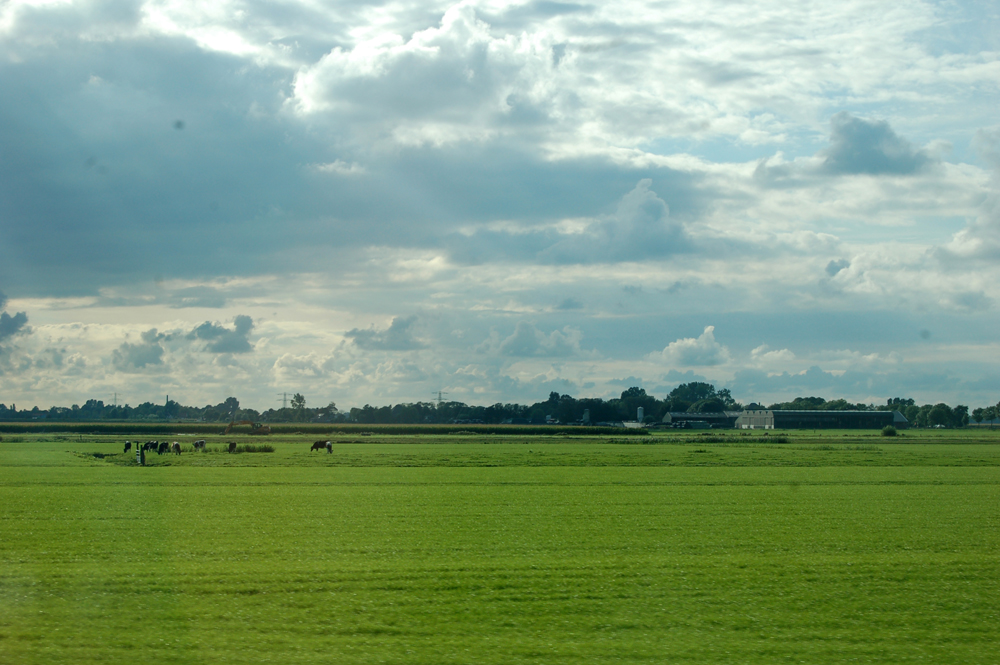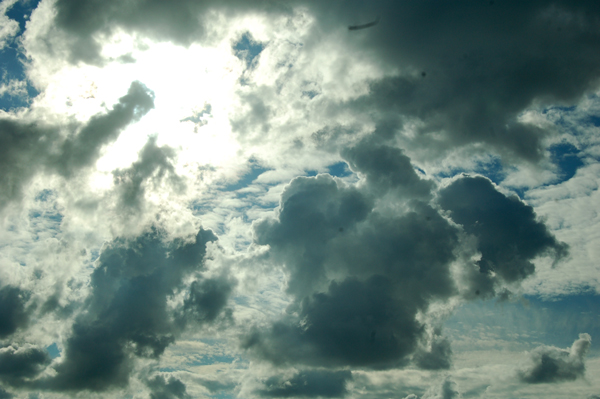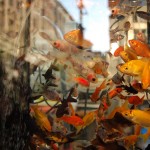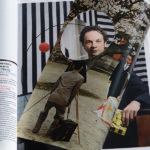Took the family to visit Barcelona - eldest girl has been living there for a…
La Hollande est tout plat
‘La Hollande est tout plat’ – famous quote from a book that I used in highschool to study French. “Holland is totally flat” – one of the most striking features of the Dutch landscape – a true Dutch trope.
Trope: “a device and convention that a writer can reasonably rely on as being present in the audience members’ minds and expectations. On the whole, tropes are not clichés. The word clichéd means “stereotyped and trite.” In other words, dull and uninteresting. We are not looking for dull and uninteresting entries. We are here to recognize tropes and play with them, not to make fun of them.”
I’m playing this trope when situating my work at Afsluitdijk: a place where the Dutch desire to polder has been given free reign. The landscape is tout plat, as you can see.
Afsluitdijk is about to be renovated, for in its present state it is not fit to withstand extreme weather. It would succumb to a major storm, a one-in-a-thousand-year one that climate change has brought upon us. Now once-in-a-thousand-years may be betting odds, but it is not good enough for us Dutch, who for centuries have been engaged in beating the WaterWolf – the greedy needy creature just waiting for its chance to gobble up dry land.
Afsluitdijk: I want to creating positive energy for it by changing its minus signs into pluses: plus for minus.
Brilliant Orange deals with Dutch tropes: landscape and football. Some quotes:
Page 47: The football pitch is the same size and shape everywhere in the world, yet no one else thought about football this way [in terms of spatiality and arithmatics]. So why did the Dutch? The answer may be that the Dutch think innovatively, creatively and abstractly about space in their football because for centuries they have had to think innovatively about space in every other area of their lives. Because of their strange landscape, the Dutch are a nation of spational neurotics. On the one hand they don’t have nearly enough of the stuff. Holland is one of the most crowded and most intensively planned landscapes on Earth. Space is an extraordinary precious commodity, and for centuries the use of every square centimetre of every Dutch city, field and polder has been carefully considered and argued over. The land is controlled because as a matter of national survival it must be. The Dutch water system has to be regulated tightly because more than fifty percent of the country is below sea level.
The land the Dutch made for themselves is extremely odd. “We live in a complete knot of artificialness”, says influential landscape architect Dirk Sijmons. “What is nature and what is artificial? You can’t say. The landscape is an abstraction in the sense that it is only points, lines and surfaces, like a painting by Mondriaan.
Page 49: The sheer abundance of the horizontal plane in everyday rural life leaves people lusting for something more vertical.”
Page 52: The man-made character of Holland is reflected in all areas of life, from the way the Dutch deal with nature and the environment to the design of its cultural institutions and a concern for democratic consensus building. In Holland the open sky and the open mind go hand in hand.
Page 53 To make sense of the vast flatness of their land, Fuchs says, the Dutch developed a way of calibrating distances from the horizon, calculating space and paying meticulous attention to every object within that space. Dutch art thus developed an extraordinarily precise and reverent approach to this reality.
| « Invented | <-- previous post | next post --> | Plus / Minus – making of » |
|---|
